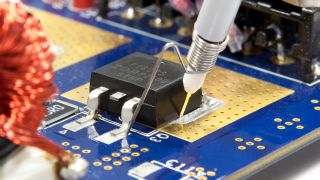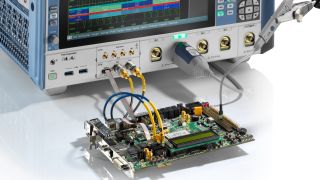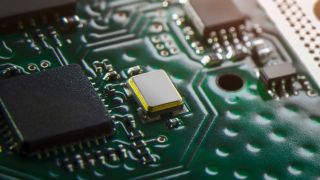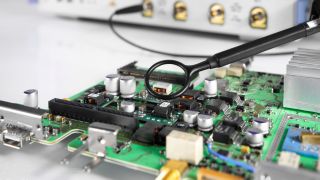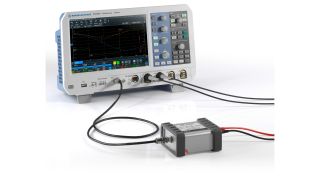R&S®Essentials | Digital oscilloscope and probe fundamentals
Understanding probe compensation
All oscilloscopes have a certain amount of inherent capacitance in parallel with their input resistance. Typically, this capacitance is in the low 10s of picofarads. When measuring DC, this is not a problem. Once measuring AC it becomes critical, because as the frequency increases, the input capacitance starts acting as a low pass filter.
What is probe compensation?
Probe compensation is the process whereby the probe capacitance is adjusted to compensate for the effects of the inherent input capacitance of the scope. Properly compensating the probes is necessary to ensure the best possible accuracy or linearity in measurement results.
Why is it necessary to compensate a probe?
A poorly compensated probe causes two main types of measurement inaccuracies. The first is incorrect amplitudes. Comparing a measurement made with a properly compensated probe to measurements with an undercompensated or an overcompensated probe shows significant amplitude variation even at low frequencies.
The second consequence of incorrect probe compensation is distorted waveforms, more specifically, changes in the rise and fall times of pulsed signals. It’s important to remember that these inaccuracies increase with increasing frequency.
When should a probe be compensated?
Probes should be compensated before first use or before making any important measurements. Since different scopes have different input capacitances, a probe needs to be compensated whenever it is moved to a different scope. Moving between ports on the same scope is usually okay. Yet compensating a probe becomes more important the higher the frequency signal is.















